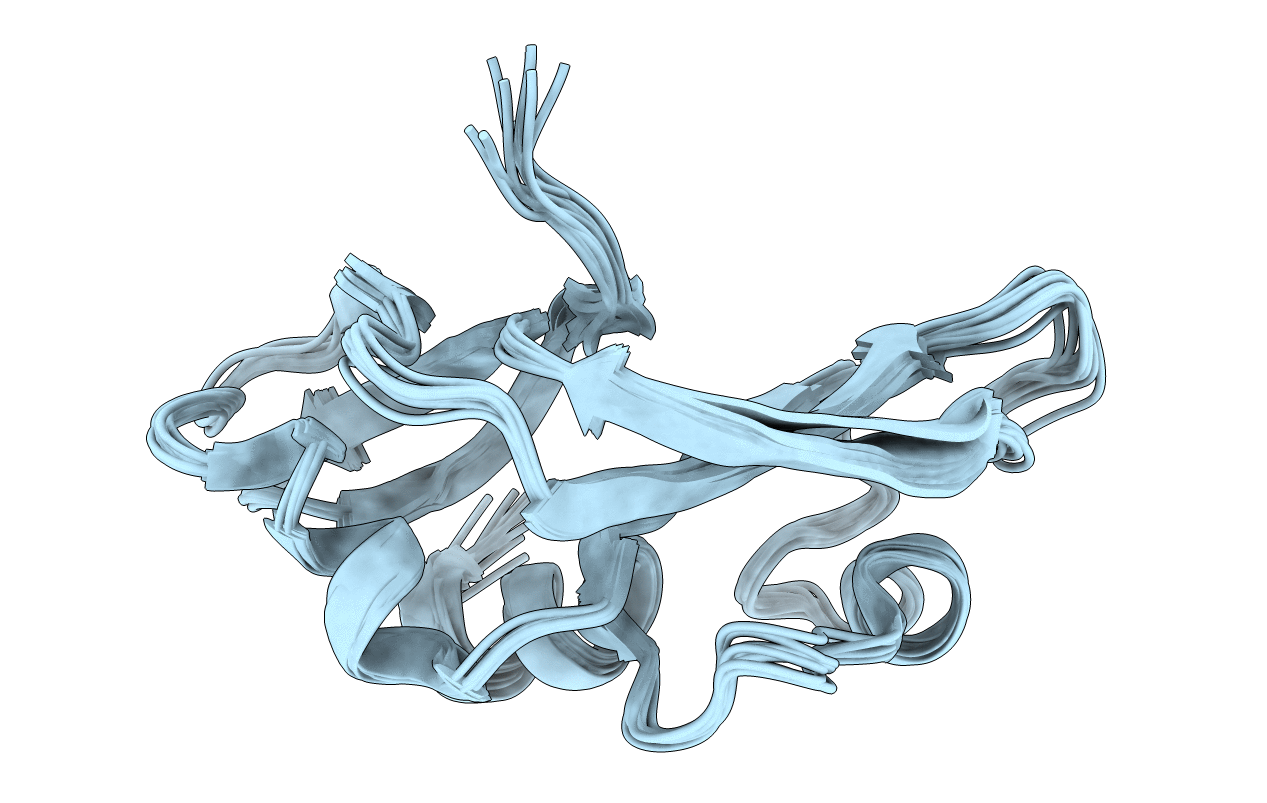
Deposition Date
2008-11-21
Release Date
2009-11-24
Last Version Date
2024-10-30
Method Details:
Experimental Method:
Conformers Calculated:
100
Conformers Submitted:
10
Selection Criteria:
structures with the lowest energy


